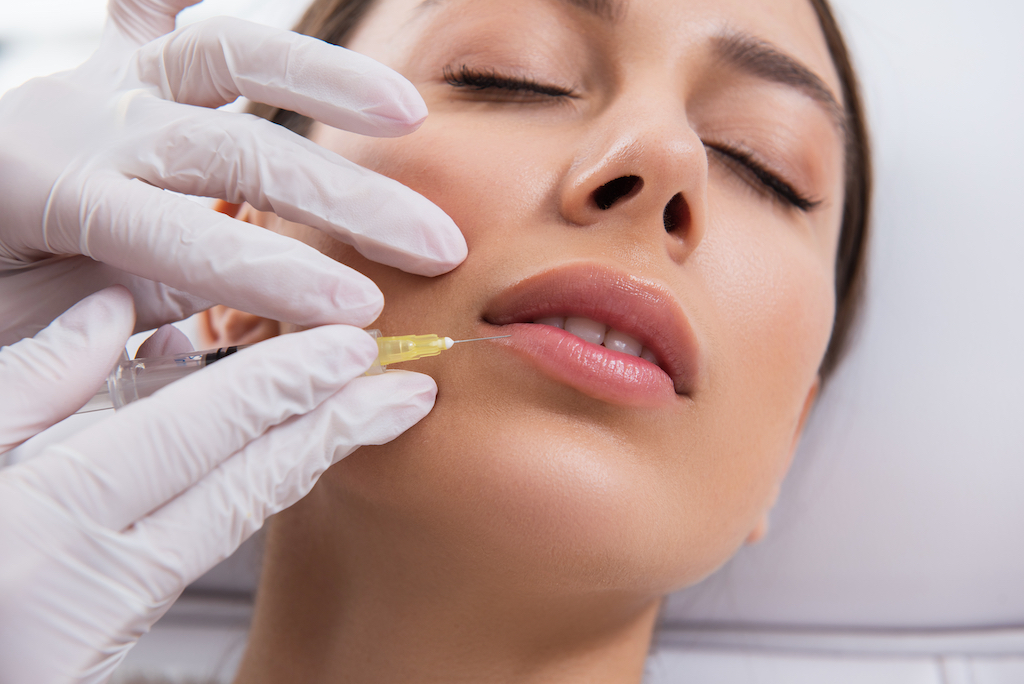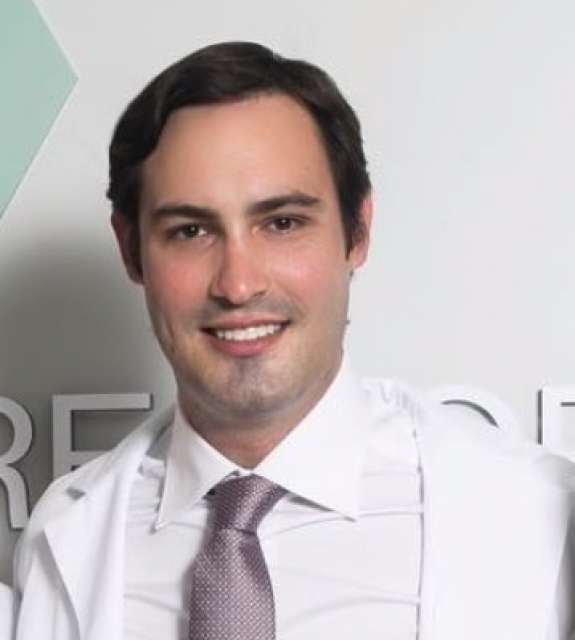 Photo Credit: ShutterstockYou've always desired plump, full lips, so you finally decided to book an appointment for lip fillers. With anticipation, the day of your appointment arrives, and you eagerly wait in the waiting room. When your name is called, you know it's time to go. Fast forward, you leave the appointment feeling excited, with a bit of swelling, and finally sporting the lips you've always wanted. After a few days, you start to notice that something seems off. Are your lips poorly reacting to the filler? Concerned and unsure about what has happened, you return to the office, and they inform you that you have experienced lip filler migration. In simple terms, the filler you received has moved or shifted.
Photo Credit: ShutterstockYou've always desired plump, full lips, so you finally decided to book an appointment for lip fillers. With anticipation, the day of your appointment arrives, and you eagerly wait in the waiting room. When your name is called, you know it's time to go. Fast forward, you leave the appointment feeling excited, with a bit of swelling, and finally sporting the lips you've always wanted. After a few days, you start to notice that something seems off. Are your lips poorly reacting to the filler? Concerned and unsure about what has happened, you return to the office, and they inform you that you have experienced lip filler migration. In simple terms, the filler you received has moved or shifted.
While lip filler migration is not common, there are instances where it can occur. Haute Beauty expert Rachel M. Duke, NP, CANS, shares the five reasons why lip filler migration may happen:
- Excessive product was injected in one session.
- Too much product was administered too quickly.
- The appropriate filler for your lips was not used.
- The injection technique was not suitable for your lips.
- Proper aftercare was not followed.
Though lip filler migration is not a desirable outcome, it can be addressed. If you believe that your lip filler has migrated, contact your provider so they can help determine the best course of action to achieve your desired results.





















